The i20 joins the ranks of ‘cross hatchbacks’, with rugged looks, greater ground clearance and all its core strengths intact.
On the inside, the design and the equipment list are as before, but the colour palette is a bit different. On cars with lighter exterior paint shades like white or silver, the i20 Active gets blue and black two-tone upholstery. On cars with darker exterior colours – including the new brown colour you see here – there’s a funkier looking theme – all black with certain accents finished in orange, including the gear lever; very sporty. It’s also worth noting that the petrol car isn’t available in the fully loaded trim, so you’ll miss out on some equipment, like push-button start, automatic climate control and a passenger airbag.
What is it like to drive?
The outright performance is not too different from the standard car; not surprising since the engine outputs remain exactly the same. Hyundai says it has reworked the gearing in the i20 Active – both the petrol and the diesel versions – for better bottom end responses; six percent better in the petrol and 11 percent in the diesel, the company claims (with a minor dip in fuel economy).
The 1.4-litre CRDi motor with 89bhp is still smooth, very refined and loves to rev in a manner most unlike a diesel engine. The light, six-speed manual gearbox can be left in a higher gear at lower-than-average revs, and the car will move forward with little hesitation. It’s still a pretty strong performer too, and as for the improved responses, it does feel a touch more urgent than before, but we’ll have to put it up against our timing gear to tell you just how much. The bump in low end responses are even less apparent in the petrol, but this still remains one of the peppier units amongst the 1.2-litre naturally aspirated units in India.
Hyundai says it didn’t want to raise the suspension to more than 190mm because it didn’t want to compromise on the car’s styling, and because it wanted to keep the dynamics intact. The handling, as before, is agreeable and pretty good by Hyundai’s previous standards, but the very light and inconsistently weighted steering stop it from being a very engaging car to drive. It has to be said, however, that though there is some body roll, it is impressively contained for a car that rides higher than before.
The ride, correspondingly, seems a little better than before. It still elicits a thunk over bumps and the suspension sounds a bit clunky too, but it does seem to have a slightly softer edge now at lower speeds. Again, the difference is so subtle, that it would take a back-to-back drive with an i20 hatchback to confirm how true this is.
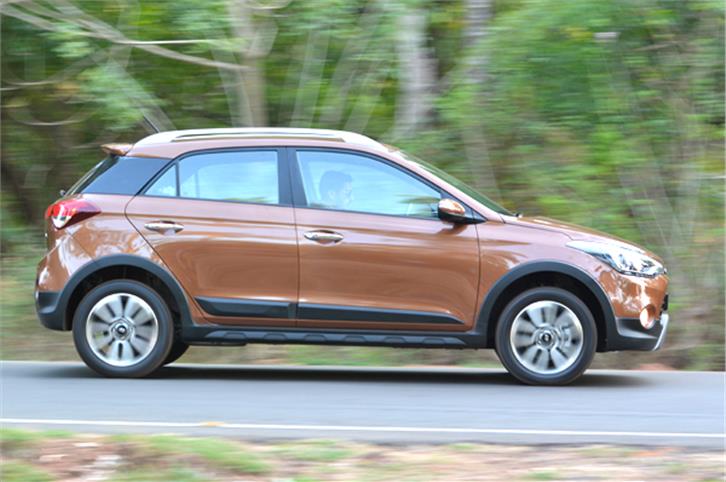

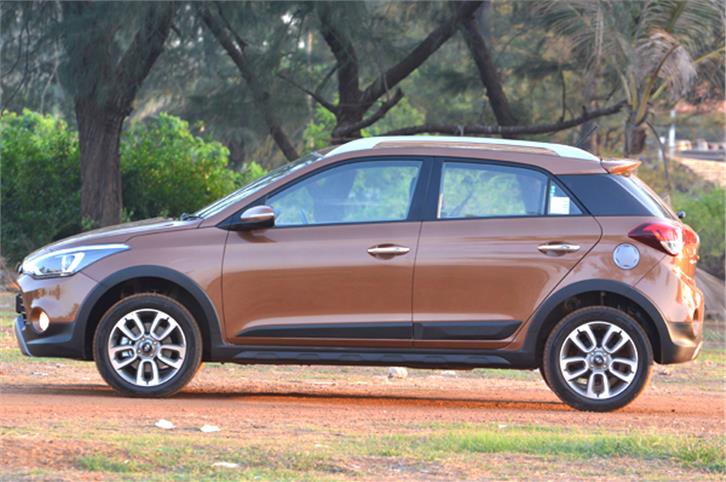





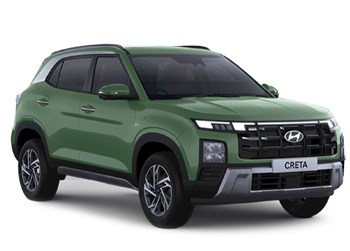
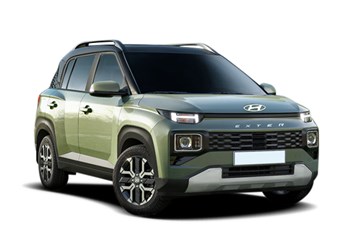
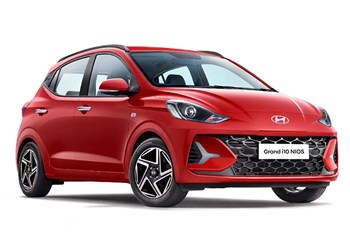
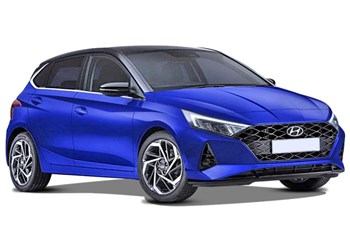
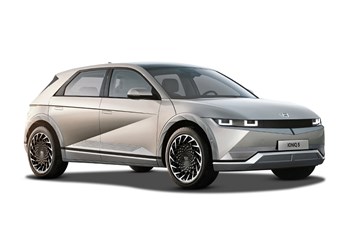
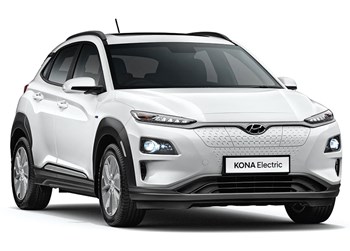







Comments
Member Login
Personal Details
No comments yet. Be the first to comment.